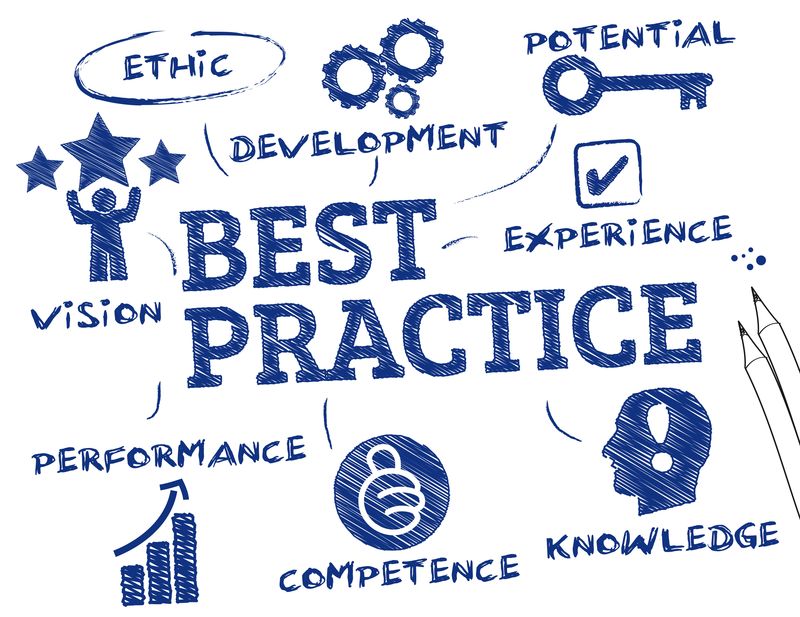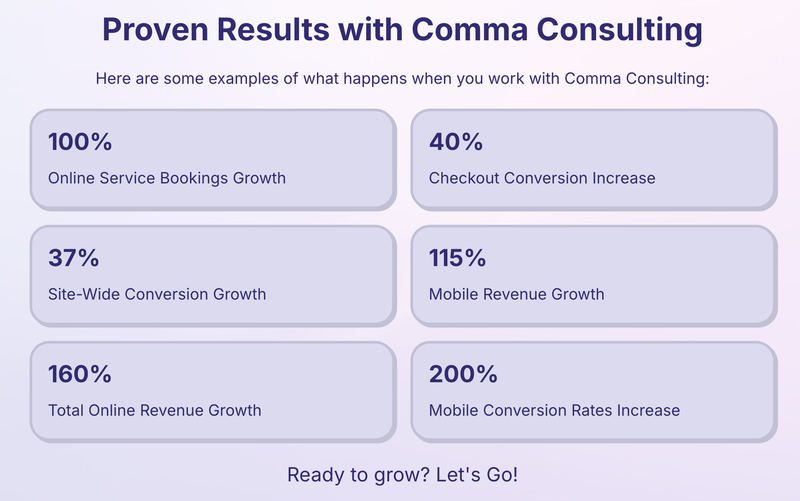
All service-based businesses NEED to harness the power of the digital channel to produce new leads and acquire new customers. Customer Experience Design is a discipline that plans and constructs intuitive experiences that drive engagement and nurture people to take specific actions. This discipline is commonly applied in retail and B2B digital channels but is just as decisive for service-based businesses.
The term "service-based" can apply to any business whose core offering is service-focused, not product-focused: medical practices, mortgage brokers, financial institutions, legal firms, etc.….
A service can be turned into a product, but there is a distinction between a service-based business and a retailer that sells stuff.
ALL service-based businesses can grow with the proper digital treatment to their website. “Digital treatment” means producing a storytelling narrative and setting digital journeys (on your website) to drive engagement with prospects to the point it compels them to reach you.
All service-based businesses struggle to present their services, strengths, and values in a cohesive manner that resonates with a target market. Service-based companies rely on the charisma of employees interacting with prospects to drive new business, or the “word of mouth” channel works to a certain extent.
The Opportunity:
When focusing on the digital channel, these businesses rely on Google business listings and not much else. This is because there is a perception of futility in applying effort to the digital channel due to it being a “worldwide channel”. Not a channel that can be used to drive local growth.
For those who think this way, consider this research that has recently come out for 2024…
- 99% of people used the internet to look up information about a local business.
- 4 out of 5 users conduct searches with local intent on search engines.
- “Near me” searches have increased by more than 900% in recent years.
- 88% of consumers who conduct a local search on their smartphone call within a day.
Google remains the dominant source of these search behaviours, specifically for service-based related searches.

The 6 Principles:
There is a proven science to harnessing the power of the digital channel for service-based businesses to drive growth and no one is doing it. Below is a summary of the foundational steps to get you there.
Principle #1 - Target Customer Research:
The research (see above) proves people are looking for your services online. There are specific tools that can tell you precisely what people are typing into Google, defining their needs in their own words.

This is powerful insight for the following reasons…
#1. Jargon:
You may be using internalised jargon that is not aligned with the people you want to reach. Any gaps between the narrative you deliver and the words people use to find your service will eliminate any chances of online engagement.
Research proves a direct correlation between engagement and people buying your services.
#2. Sets the Priority:
These tools provide a guide as to the volume of searches occurring each month. This enables a service-based business to prioritise and focus its “narrative building” online.
This ability to peer into the intent and sentiment of market segments cannot be understated. The most effective salespeople are those who can "speak my language". They shift their storytelling dynamically to match the terminology used by people. This is done intentionally to drive engagement.
A service-based website needs to do the same.
These tools give you the insight to match the narrative to prospect needs and intent. This is the first step to creating a digital salesperson who can speak a prospect's language.
Principle #2 – Defining the Content Hierarchy:
The research process in Step 1 defines….
- The stories that need to be told about your business.
- The priority of which stories to focus on.
- The language (wording and terminology) to be used when telling these stories.
This information culminates in creating the “Content Hierarchy” for your website.

Defining “Content Hierarchy”:
This is the structure of your website.
There will be "content pillars" that form the foundation of your storytelling, and then there will be supporting stories that wrap around these "pillars".
All of this must be structured on a website that makes intuitive sense to people.
Many things dictate the hierarchy of content:
- Market research (see above)
- Best practices
- The psychology of human behaviour (an extension of best practices)
- Business data
Once the “Content Hierarchy” is set, you will see the gap between your current site and how it needs to be structured to accommodate the new storytelling required.
Principle #3 – Narrative/Storytelling Building:
Once Principles 1 and 2 are set and in place, a clear gap is now seen in the current version of storytelling vs what needs to be created to add value.
This principle is about creating new content to achieve just that.
Principle #4 – Identify Anxieties:
When businesses attempt to promote their products and services, they all fall into the same trap by neglecting to accommodate an essential part of the storytelling for potential new customers: recognising people's anxieties.

This is the ability to become empathetic to determine what worries people. You will be surprised to understand the number of business-specific attributes a company must have to drive engagement. And these attributes sit outside the core services being offered.
Creating a story that says, "Look at me" is not enough. You must also make a story that says, "We hear and understand you". This is the true essence of being empathetic.
It's these two themes that create storytelling magic.
If you think your storytelling reduces risk and anxiety, consider the following...
- Do you have case studies on your site showing successes?
- Do you have bios of your foundation employees to show experience and expertise in your subject matter?
- Do you have testimonials where customers validate your expertise?
The above are three examples of standard methods to reduce anxiety. But there are many more.
These anxieties can often be simple. For example, when a Law Firm introduced a statement saying the first face-to-face meeting was "no charge", an influx of leads came through.
How to find anxiety?
This is where first-party business data comes into play. And the easiest source of first-party data are your frontline employees: support and salespeople.
Your frontline team deal with anxieties daily; they know all the questions that represent anxiety, AND they know how to diminish or eliminate these anxieties to improve engagement.
Once this information is captured, it's not about creating an “Anxiety Reduction” section of your website. This content needs to be woven into the storytelling narrative.
The "We hear and understand you" is spliced with the "Look at me".
This process of weaving the narrative is next: see Principle #5 below.
Principle #5 – Applying the new Story - embedding best practices:
Once the new storytelling has been pulled together, as a result of the previous principles, all of this content is loaded onto the website.
Some points to note about Principle #5....
1. Site Restructure:
There is a 100% chance the old site is no longer suitable. It has been designed to hold the "old story". There is a behind-the-scenes step where the website is confirmed, massaged, and/or enhanced to be equipped to hold the "new story".
2. Digital Best Practice:
This is where best practice plays a crucial role. A high volume of sciences need to be applied to this content and functional elements to ensure this content follows the "4 E's":
- Easy to engage with
- Easy to find
- Easy to follow
- Easy to read
And all of this needs to happen on smartphones (of course).

Principle #6 – Monitor the Behavioural Data:
Specific tracking must be applied to closely monitor all changes and enhancements to verify and validate the approach is works.
This type of data monitoring will dictate the future changes needed to drive a higher volume of new business leads.

A Customer Experience Design Specialist is needed to lead all principles mentioned above. It's not about completing each of the above steps, it's ensuring that each is executed to the highest standard possible.
Conclusion:
If you are a local or Australian-based business seeking a cost-effective and scalable method to drive a high volume of high-quality leads to your business. Partner with a Customer Experience Design Specialist ASAP and activate the above principles.
Once the above principles are activated to the correct standard, you will turn away the bad business and hand-picking the good.
Benefits of working with an eCommerce Expert = Results:
When you work with an eCommerce Expert like Greg from Comma Consulting, these are the types of results you can expect...

Ready to grow? Let's Go! Click here to contact Comma Consulting now.
This article was as tagged as Best Practice , Digital Strategy , Digital Transformation , eCommerce Conversion Rate Optimisation , UX Design